Microsoft enjoyed a few months in the spotlight after releasing the developer version of the very first mixed reality (MR) headset, but now we're starting to see the competition jump in.
The Meta 2 is finally out to the world, with the first wave of preorder shipments imminent; some developers have even already received their units. The word on the street so far: It's impressive.
Take a quick look at the company's plans for the unit in the video below:
The Meta differs from other mixed reality devices in several key ways.
When Microsoft created the HoloLens, they opted for a completely self-sufficient device that requires nothing but a head to rest on and regular charging. That required several limitations, like a small field of view and limited processing capabilities. Meta opted for screen size and quality over portability, creating a high-resolution mixed reality headset that covers a much wider field of view but needs a physical connection to a powerful computer to run.
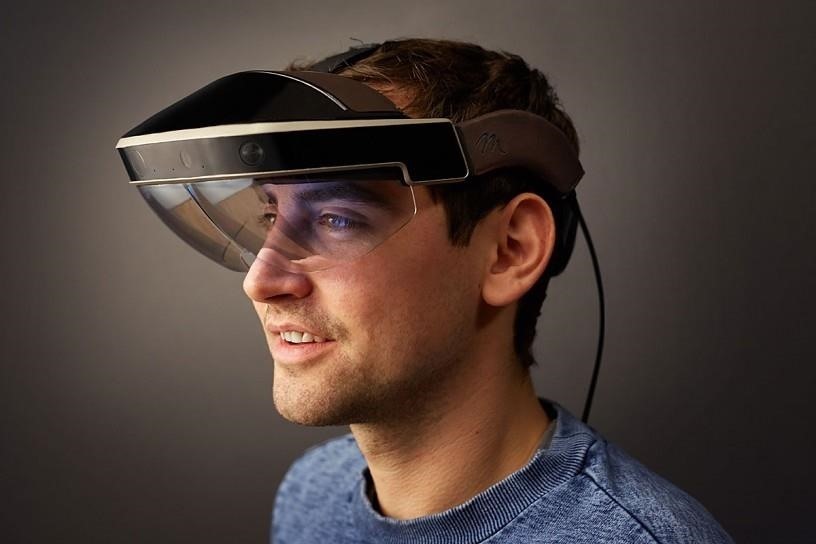
Both headsets have their benefits and drawbacks, but initial impressions of the Meta 2 have been enormously positive.
Brad Bourque, writing for Digital Trends, says Meta's product made the HoloLens feel like an expensive toy:
"The Meta 2 is much more impressive than other AR headsets that we've seen. Rather than just a small hologram area like the Hololens, the Meta 2 boasts a huge 90-degree field of view. It's also a full-fledged 1,440p screen, thanks to a mirrored overhead display."
While I've argued the limited field of view in the HoloLens doesn't really matter most of the time, and that portability matters more at this juncture, we will want these headsets to encompass our entire field of vision someday.
That being said, the current pack of mixed reality headsets coming out now are already remarkably immersive, even with their limitations, so we can only imagine how impressive they'll be when mixed reality tech comes of age.
In his review, Bourque notes the Meta 2 can already run Adobe Creative Suite, Microsoft Office, and (oddly) Spotify out of the box, giving it more functionality than the HoloLens has right now. It focuses on work, rather than gaming, so that makes sense. Because the Meta 2 is a tethered headset, it's aiming to replace your monitor more than your entire computer.

While everyone seems to agree that the display sets the Meta 2 apart from its minimal competition more than anything else, it also earns positive marks in a couple of less-expected areas.
The biggest complaint I've heard about these upcoming headsets is the difficult of wearing them with glasses. According to Lily Prasuethsut, writing for tech blog Wareables, Meta has already solved this problem:
"For how large the front portion looks on first glance, the headset is quite light. They're also the most comfortable I've worn since it accommodates for people who wear glasses. Rather than sitting on the bridge of my nose, on top of my glasses or taking the place of my prescription lenses, the Meta 2 simply sits over them in a slanted manner."
Like Microsoft, Meta uses Unity for holographic software development. Unlike Microsoft, you can preorder a Meta 2 for a much more affordable price: $949, or three times less than the HoloLens.
Of course, the Meta 2 requires a powerful computer (which is also quite expensive) and a tethered connection to it, so despite its upsides it certainly doesn't trounce the HoloLens in every category.
It may offer a better glimpse into the future of mixed reality technology, but for now that future can't extend beyond a nine-foot radius around your desk.
Just updated your iPhone? You'll find new features for Podcasts, News, Books, and TV, as well as important security improvements and fresh wallpapers. Find out what's new and changed on your iPhone with the iOS 17.5 update.
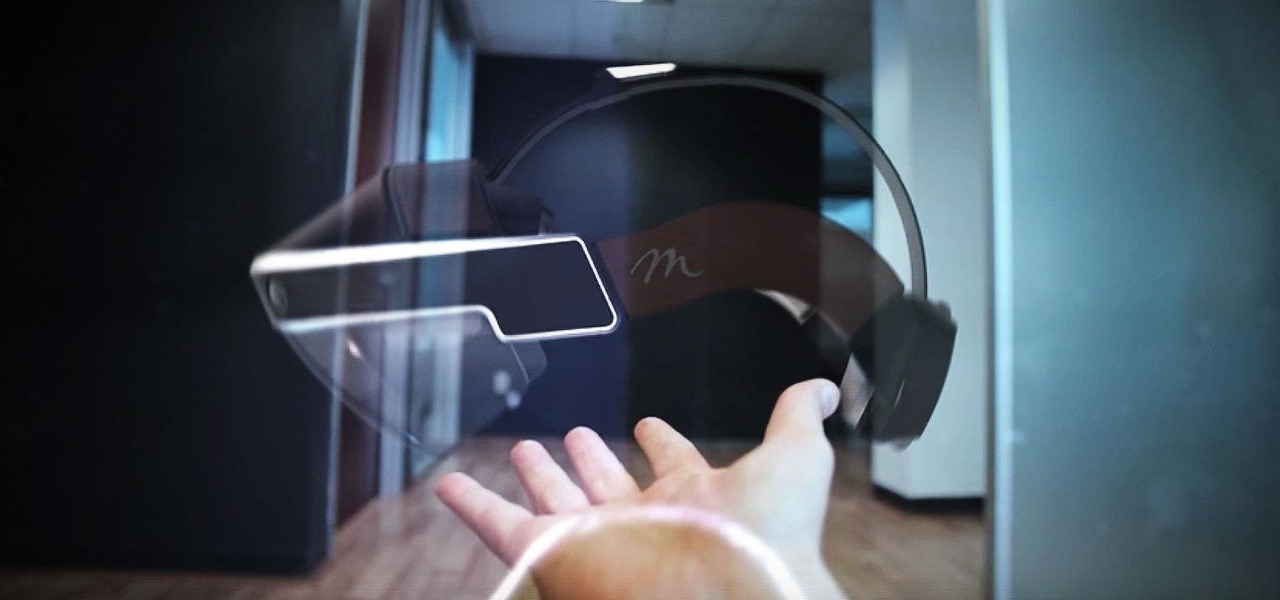


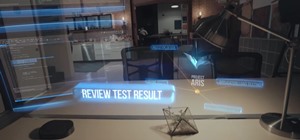
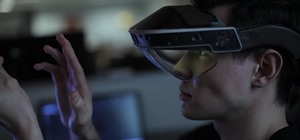

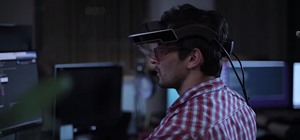
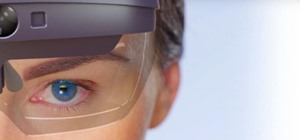

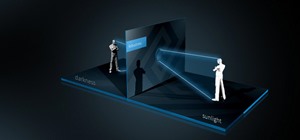
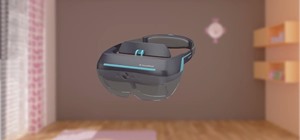
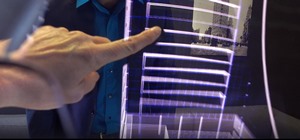

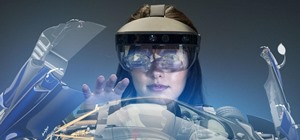
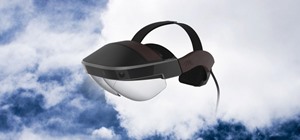
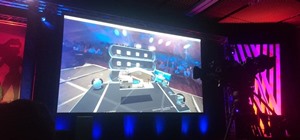
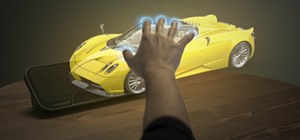
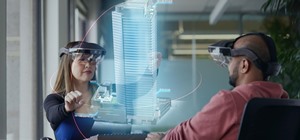
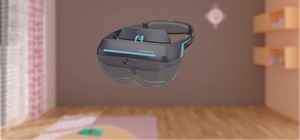

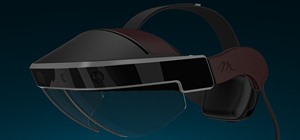
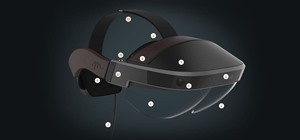
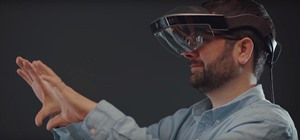


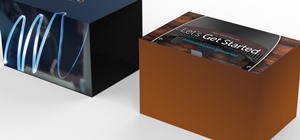
2 Comments
Any idea when they will actually ship? They said Q3 and now we are almost Q4 -- and no public launch info other than humorous videos about what developers can do while they wait. I'm beginning to wonder...
I don't think anyone there is quite sure when they'll actually ship just yet. PR team has been saying "next month" for months now. Truth is, developing an MR headset is really hard and they've still got some important work to finish on their positional tracking system (prototypes are still using an external Microsoft Kinect). I'm not too bothered by the delays. Personally, I'd prefer they continue to delay if it means getting the tracking right as their current prototypes are still too shaky to be practical.
Share Your Thoughts